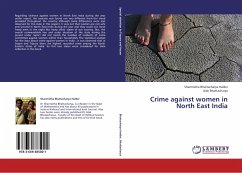Two important questions arise regarding the development of Jazz music in China. First, what common elements explain why Jazz music in these two cities, and indeed the country as a whole, is so less well developed than in other non-Western countries that managed to import and adapt it? Second, what explains the different aesthetic foci in Beijing and Shanghai, China's two greatest cities and major centers of such Chinese Jazz music? This paper examines Jazz music in these two cities, with reference to the historical roots of Jazz in China, the competing co-development of different concepts of Chinese modernity in Shanghai and Beijing, as well as the economic and political factors that affect the development of Jazz music. Studying the musicians of Beijing and Shanghai reveals subtle influences on Chinese Jazz music, audiences, and venues: artists must balance political, aesthetic, financial and intellectual motivations for their work.








